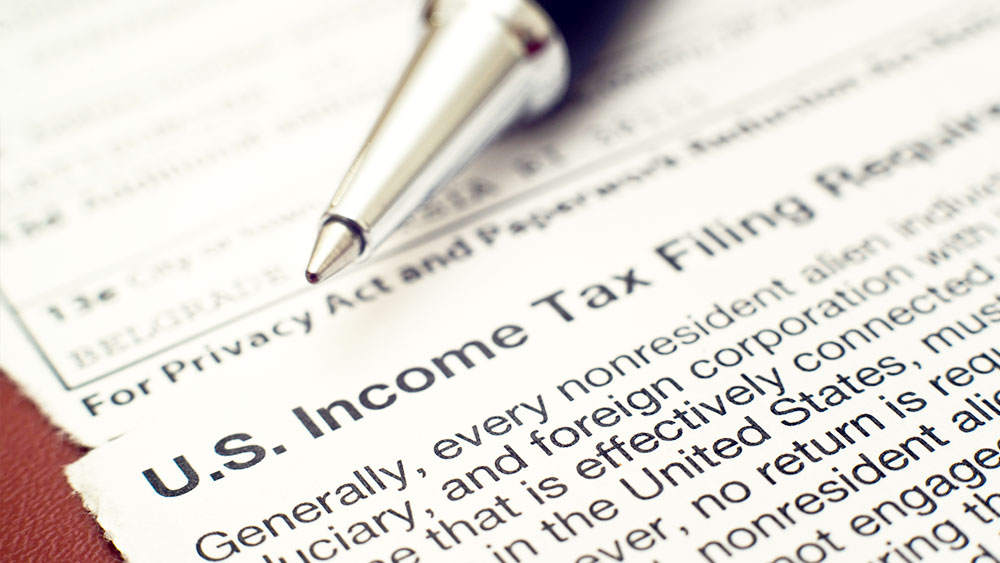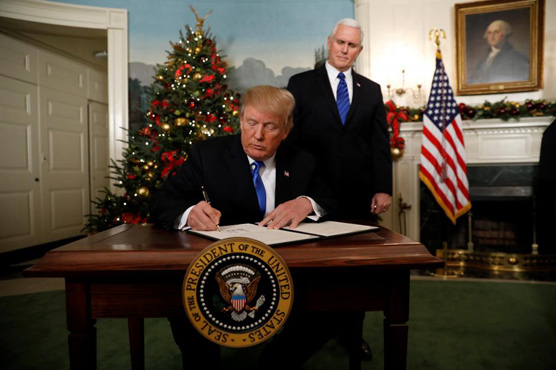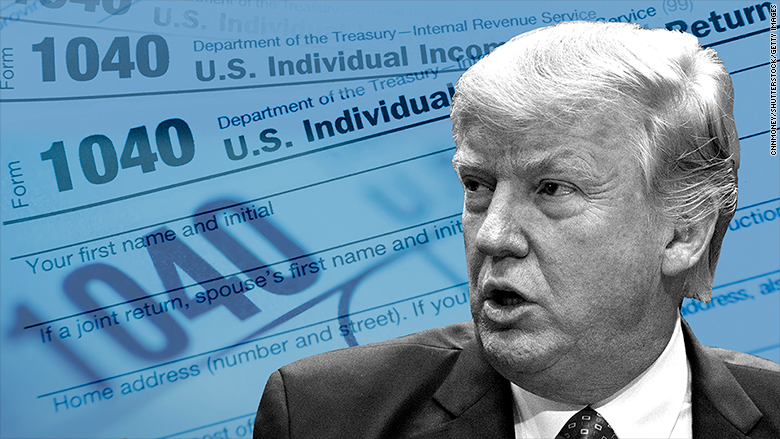Foreign Earned Income Exclusion 2020
In this article, I’ll look at the Foreign Earned Income Exclusion 2020. The FEIE is the most powerful tool in the expat’s kit and is the focus of international tax planning for individuals and small business owners living abroad. The Foreign Earned Income Exclusion 2020 is the only major tax planning option left after Trump’s 2017 tax law changes.
I wrote that the Foreign Earned Income Exclusion 2020 is the ONLY tax deal left after Trump’s changes to the US tax code. In previous years, small business owners could use the FEIE to eliminate the tax on their first $100,000+ and then retain profits in excess of the FEIE in an offshore corporation. These days are gone… we Americans can no longer retain profits in our offshore corporations tax-deferred.
And there was a time when we had hope that the Foreign Earned Income Exclusion would be made obsolete by President Trump. During his campaign, he had indicated that he would move the US to a territorial tax system. Rather than taxing US citizens and residents on our worldwide income, we could pay tax only on profits made in the United States.
Well, big corporations and multinationals moved to a territorial tax system, but the little guy got the shaft (per usual). We expats are still taxed on our worldwide income and we lost the ability to use an offshore corporation to retain profits over the Foreign Earned Income Exclusion 2020 amount tax-deferred. For more, see President Trump’s Tax Plan and Expats
With that in mind, here’s what you need to know about the Foreign Earned Income Exclusion 2020.
As stated above, the most important tool in the expat’s U.S. tax toolbox is the Foreign Earned Income Exclusion for 2020. And, in most cases, the Foreign Earned Income Exclusion 2020 is the ONLY tax break you get for living abroad.
If you qualify for the FEIE, you can exclude up to $107,600 in 2020 of earned income free from U.S. Federal income tax. This amount is up from $105,900 for the tax year 2019, $104,100 in 2018, $102,100 in 2017 and $101,300 in 2016. If you’re married, and both spouses qualify for the exclusion, your total combined exclusion may be up to $215,200.
There are two ways to qualify for the Foreign Earned Income Exclusion 2020. You can be out of the US for 330 out of 365 days or you can be a resident of a foreign country for a full calendar year.
The first option, referred to as the 330-day test, is the easiest to use. Just be out of the US for 330 out of any 365 day period. For example, if you are out of the US from March 30, 2020, to March 15, 2021, you qualify for the Foreign Earned Income Exclusion 2020.
The second option, known as the residency test, is much more challenging to implement. To oversimplify a complex topic, you need to move to a foreign country with the intention of making that place your home for the foreseeable future. You should have a residency permit and pay taxes in this new home.
In most cases, you will use the 330 day test for the Foreign Earned Income Exclusion for the first year or two you’re living abroad. Once you’ve put down roots in a new country, you can switch to the residency test.
Maximize the Value of the Foreign Earned Income Exclusion 2020
While you can’t retain earnings in an offshore corporation in 2020, you still need a structure in a tax-free country to maximize the value of the FEIE.
First, if you use a personal bank account or a US company to run your business, you must pay self-employment tax on your income. The Foreign Earned Income Exclusion does not reduce self-employment or payroll tax.
If you draw your salary from an offshore corporation, you can eliminate SE tax. This is a savings of about $15,000 a year for a single person earning $100,00 and about $30,000 for a husband and wife where both are working in the business.
Second, if you operate a business without a corporate entity, the amount of your Foreign Earned Income Exclusion for 2020 will be reduced in proportion to your expenses.
For example, the FEIE is $107,600 for 2020. Let’s assume you gross $160,000 from business and your net profit is $80,000 after deductible business expenses. You report this income on Schedule C and use Form 2555 to calculate the Foreign Earned Income Exclusion.
Your allowed business expenses are about 50% of your gross. Because you are using Schedule C, your FEIE will be reduced in proportion to your deductible expenses. So, your available FEIE for 2020 is 50% of $107,600 = $53,800.
You will be allowed to exclude $53,800 of your $80,000 net using the FEIE. Thus, you will pay US tax on $26,200.
If you had operated your business through an offshore corporation for 2020, you would have paid zero in self-employment taxes and would have been allowed the full FEIE amount of $107,600.
Perpetual Travelers and the Foreign Earned Income Exclusion 2020
There’s one group of expats that can never use the residency test. A perpetual traveler is someone that is out of the United States but never puts down roots. This group includes military contractors and those who can’t become residents of the country in which they work and Americans who travel constantly.
If you’re a perpetual traveler, you won’t have a home base. You won’t get a residency visa and you will not pay taxes in any foreign country. In this case, you must use the 330-day test because you will never qualify for the Foreign Earned Income Exclusion 2020 using the residency test.
Because the residency test allows you to spend more time in the United States, it might be in your best interest to gain residency in a low or no-tax country. For a list of options, see Which Countries Tax Worldwide Income?
One of the easiest residency programs for Americans is Panama’s Friendly Nations Reforestation Visa. Invest $25,000 in teak and get residency. For more on this topic see Best Panama Residency by Investment Program (note the investment amount has increased from $20,000 to $25,000 for 2020).
I hope you’ve found this article on the Foreign Earned Income Exclusion 2020 to be helpful. If you need assistance preparing your US tax returns, drop me a line to info@premieroffshore.com and I will connect you with a tax prep expert. If you would like to form an offshore corporation to maximize the value of the FEIE, you can reach me by email or at (619) 483-1708





